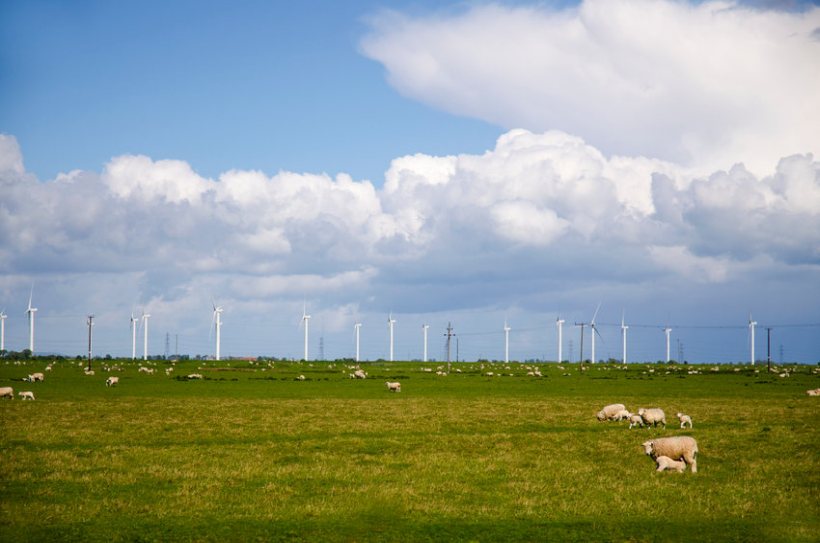
Farmers and landowners are being urged to 'look creatively' at any new agreements with onshore wind farm developers to optimise their revenues in fluctuating energy markets.
Despite the end of subsidies, development of larger wind farms is continuing as the reduced costs of production enable wind power to compete effectively with other sources of energy.
While electricity prices remain high, renewable developments are set to generate greater revenue, leading to increased profitability as their costs of production are largely unaffected.
Property consultancy Galbraith is recommending that landowners look closely at securing variable turnover rental agreements with developers.
Unlike the traditional fixed percentage of income rental mechanism, a variable turnover rent enables owners to receive higher percentages of the turnover linked to the average energy price over the year.
Typically, developers of onshore wind farms are offering landowners rentals of between 6 and 8% of gross income for the initial period of any development, with these rents increasing over a couple of agreed review dates over the term of the lease.
With a variable turnover rental structure, owners could see these rents more than double in times of high electricity prices.
“Farmers and landowners are currently facing unprecedented challenges,” said Mike Reid, head of energy at Galbraith.
“These are a mixture of many factors including pressure from environmental concerns and now war in Ukraine, in which sanctions against Russia have led to huge rises in crucial commodities such as diesel, fertiliser and energy costs.
“Maintaining profitability to ensure survival is imperative and that should include all aspects of the business including structures for renewable energy agreements."
Mr Reid added: "With no payment for the wind resource, the costs of production aren’t impacted by international events. With wholesale prices rising so strongly, mitigating these impacts is more important than ever.”
Not only does this structure maximise revenues, it also provides a measure of protection from the commodity price fluctuations hitting food producers.
Farmers and landowners with wind turbines could benefit from an increased rental return, helping to offset higher energy costs, Mr Reid said.
The developer also benefits from these variable turnover rental agreements as they are structured so the rent they pay when the electricity price drops below a certain level is lower than they would have to pay under a traditional fixed percentage formula.
“In our experience, both parties benefit from a variable turnover rent,” said Mr Reid. “It’s a question of mutual benefit rather than one side taking all the upside.”
